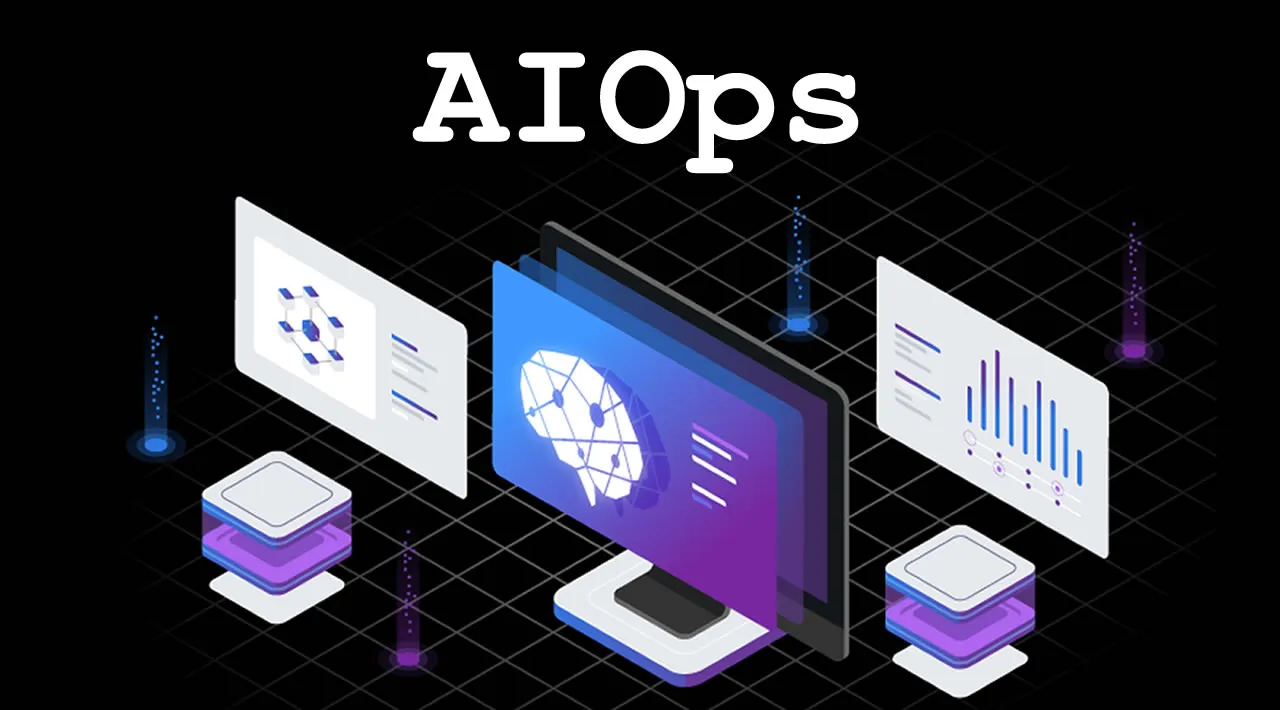AIOps has the potential to drive significant business value by enabling DevOps and site reliability engineering (SRE) teams to create better, more secure software, faster — if organizations take the right approach. But many simply aren’t leveraging AIOps correctly and are not maximizing its potential. In my previous article, I highlighted how long-term reliance on “Gen 1” AIOps solutions — older tools that may have worked for the IT environments of years ago — contributes to this. These tools are out of sync with today’s more dynamic multicloud environments, where changes happen too fast and production deployments occur too often for older machine learning algorithms to keep up.
In that piece, I shared one example of how organizations can start executing AIOps the right way by shifting AIOps “left” to create more test-driven operations. Now I want to delve into another use case that highlights the value of AIOps done right: scaling and improving delivery automation.
Many organizations have already begun automating their delivery pipelines through tools like Azure DevOps, GitLab Pipelines, GitHub Actions, Argo, Tekton, and Jenkins. AIOps can further accelerate this process, empowering DevOps and SRE teams to put higher-quality code into production and increase the throughput of their delivery pipelines…
There are two essential ways to integrate AIOps solutions into delivery automation: pushing data on deployment and configuration changes into the AIOps solution, or pulling AIOps-supported answers to facilitate more data-driven decision-making around software delivery.
#devops #machine learning #sres #aiops
